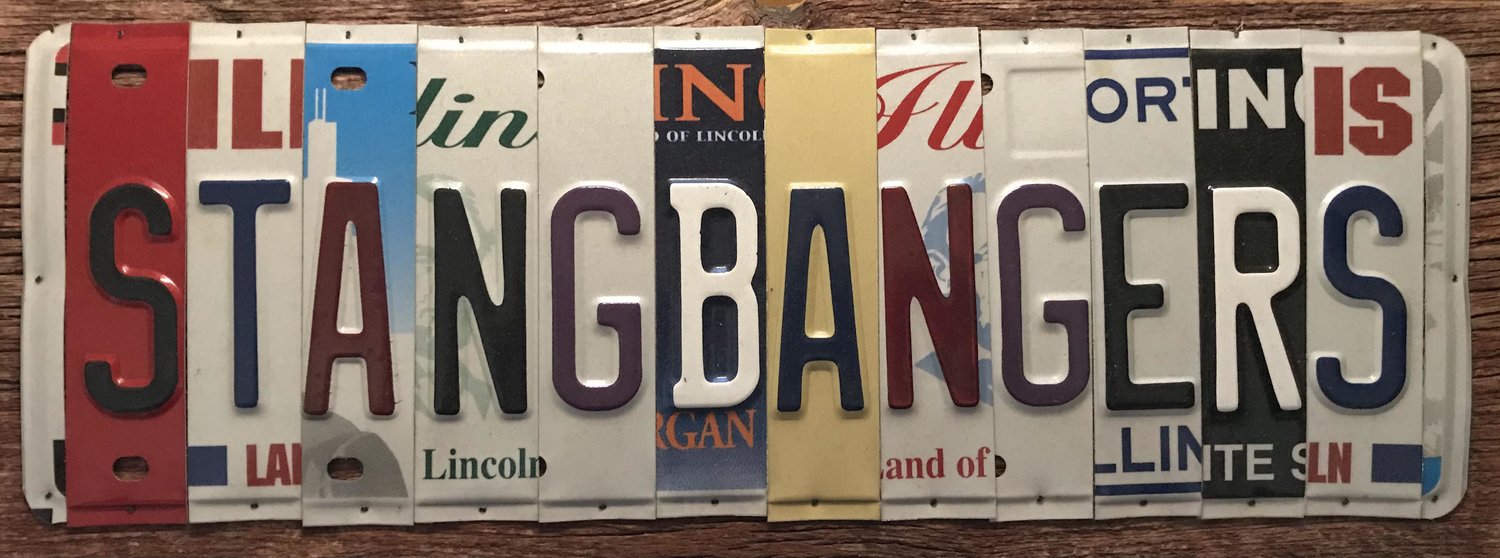Here's How Much It Cost To Get This 1966 Ford Mustang Road-Ready After Sitting 23 Years
Getting a car back on the road after it’s been sitting involves replacing a lot of small things. I’ve spent the past two weeks doing just that on my brother’s 1966 Ford Mustang, and for the most part, things have been painless and cheap. Or so I thought. I just added up all these “small things,” and holy crap: Turns out, I’ve been spending a lot of money on this old steed!
That’s the last horse reference I’ll make, I promise. Those are played out.
Let’s talk about what I’ve done to my brother’s 1966 Ford Mustang, which I’ve been letting rot in garages in Virginia and Michigan since 2012, and which has not been legally registered since 1998.
Last night, my brother forced me to make a spreadsheet of expenses: What I’ve spent over the past two weeks in my accelerated effort to get the pon — I mean car — back on the road.
“Oh, I’ve barely spent any money on this thing. The parts are dirt cheap, and I’m just doing the basics!” I assured him. “I don’t care. Fill out a spreadsheet,” he insisted. So I did.
He asked me to guess how much I’d spent on the ol’ thoroughbr — I mean car — over the past few weeks trying to get the machine back on the road. I was sure it was under $300. After all, all I’d done is the basic Big Four: The cooling system, the fuel system, the ignition system, and the brakes.
These are the four main systems that anyone who’s getting a vehicle that has been sitting a while back into shape has to address. What’s great is that all of the parts for these systems are hilariously cheap. A new water pump is only $35. All four wheel cylinders cost just $40. Ignition points are $10 for a nice set. “What’s the point of even filling out this spreadsheet?” I pondered as I began searching through my eBay, Amazon, and O’Reilly receipts.
In no time I had a column of parts I’d replaced. Then I added all the prices, and nearly soiled my trousers …



